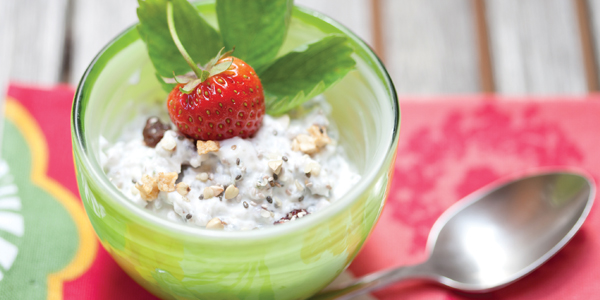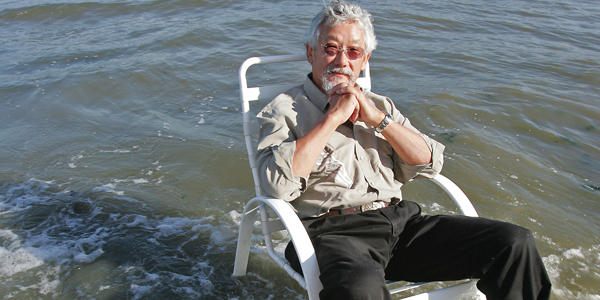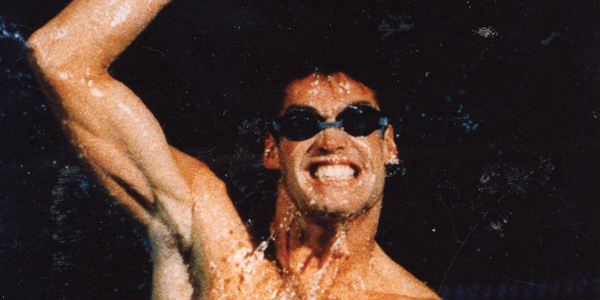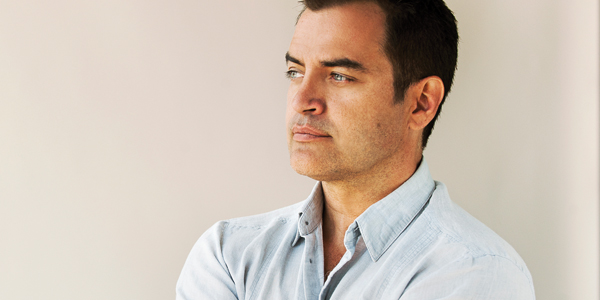 We all tend to see our bodies as “frozen sculptures” – solid, fixed, material objects – when they are more like rivers, constantly flowing, changing the patterns of intelligence. The Greek philosopher Heraclitus declared, “You cannot step into the same river twice, for fresh waters are ever flowing in.” The same is true of the body.
We all tend to see our bodies as “frozen sculptures” – solid, fixed, material objects – when they are more like rivers, constantly flowing, changing the patterns of intelligence. The Greek philosopher Heraclitus declared, “You cannot step into the same river twice, for fresh waters are ever flowing in.” The same is true of the body.
If you “pinch an inch” around your waist, the fat you are squeezing between your fingers is not the same as it was last month. Your adipose tissues (fat cells) fill up with fat and empty out every three weeks in a constant exchange. You acquire a new stomach lining every five days (the innermost layer of stomach cells are exchanged in a matter of minutes as you digest food). Your skin is new every five weeks. Your skeleton, so solid and rigid, is entirely new every three months. In all, the flow of oxygen, carbon, hydrogen, and nitrogen is so rapid that you could be renewed in a matter of weeks.
Your appearance remains the same externally, yet you are like a building whose bricks are constantly being replaced by new ones. Every year, 98 percent of the atoms in your body are replaced – this has been confirmed by radioisotope studies at the Oak Ridge laboratories in California. The constant stream of change is controlled at the quantum level of the mind body system, and yet medicine has not taken advantage of this fact – it is still waiting to take the quantum leap.
Ayurveda (the science of life) teaches that every person has been given a unique blueprint by nature; it’s your prakruti or body type. By taking the simple test in chapter two of my book, Perfect Health, you will discover which of the ten basic body types applies to you. This is the most important step toward reaching a higher state of health, because your prakruti tells you how nature intends you to live. According to Ayurveda, your body knows what is good and bad from birth, because nature installed the correct instincts in you. Once you begin to notice and obey these innate tendencies, you will find that your physiology is capable of achieving balance on its own, requiring minimal effort on your part.
To explore the small imbalances in your system we sow the seeds of future illness. If we focus on preserving balance we can ensure an ideal state of health. The strong and weak points of each body type are laid out, enabling you to choose your own specific approach to disease prevention. The sickness you should seek to avoid is the one that you are most prone to, and that is indicated by your body type (prakruti).
Thousands of years before modern medicine discovered mind body connection, the sages of Ayurveda had mastered it, developing an inner technology that operates from the most profound levels of our awareness. It is fascinating to see how the underlying basics of Ayurveda expand into a broader intellectual movement that is rocking the foundations of science.
Ilya Prigogine, Nobel Peace Prize winner in chemistry in 1977 and pioneer in this movement, calls it, “The realization that nature is not a machine but a wondrous environment whose hidden possibilities are barely guessed at today.” Nature is like a radio with infinite stations; the reality you are experiencing is only one station on the radio, completely convincing, as long as you stay tuned to it; but masking the other choices that lie on either side.
At the turn of the century, psychologist William James hinted at the mechanism that allows us to make an essential realization: “Human beings can later their lives by altering their attitude of mind.” This was a very farseeing remark, putting James ahead of his time. In his day, it was undisputed that the laws of nature unfolded mechanically, the inflexibility of these laws operated without reagdr for human beings.
Now it appears that human beings may have more flexibility than assumes – perhaps nature is giving us the only reality we expect and believe in.
Certainly we have spent many centuries believing in disease and dying. This says much more about our relationships to life than it does about life itself. Life is immensely flexible, and the forces that cause it to endure are at least as strong as those that cause it to decay.
A laboratory mouse raised in a cage living on a normal diet will typically live fewer than two years. If you lower its body temperature and feed it a minimal number of calories (while still preserving the animal’s needs), the mouse’s lifespan can be extended. On the other hand, if you expose the same mouse to abnormal stress, such as tossing the mouse in front of a cat, the mouse will very likely die in a matter of weeks. In every case, the mouse’s internal organs will have aged to the same degree – the worn-out heart, liver, and kidneys will be uniformly “old”, even though the oldest mouse lived perhaps fifty times longer than the youngest
As the balance of forces change, life changes. In the case of human beings, environment can be chosen and controlled, which gives our life spans enormous flexibility. When we speak of perfect health, we are proposing that the dynamic balance of life can be tipped to our advantage.
If life can be flexible and dynamic, it’s a wonder why we do not last longer: We would, if we knew how to handle the balance of forces that are at work in and around us.
The ancient sages of Ayurveda were bold enough to ask the ultimate question: “Must we all become sick?” Their answer was no. If the forces inside us are kept in harmony and in balance with the surrounding environment, we can be immune to illness. Perfect balance makes perfect health possible.
In Ayurveda we rely on the basic principle that any disorder can be prevented as long as balance is maintained, not just in the body, but in the mind and spirit as well. The Ayurvedic sages teach that there is an impulse is all of us to grow and progress. This impulse governs our overall balance automatically.
Although the real source of balance goes deeper still. Here our basic impulse to grow and progress can be tapped through special techniques that we explore. This is a vital and yet largely unknown area to most people. This explains why people frequently find themselves helpless in the face of illness and aging. What is unrealized is that the fear of getting older and suffering is actually causing the very effects to take place. It is this stress and this anxiety that is unnatural to the body.
If we learn to live in balance form the deepest level, our inner growth has no foreseeable limits. There are dozens of books expounding the value of inner growth, but they miss the key ingredient: Growth is automatic; it is nature’s plan.





